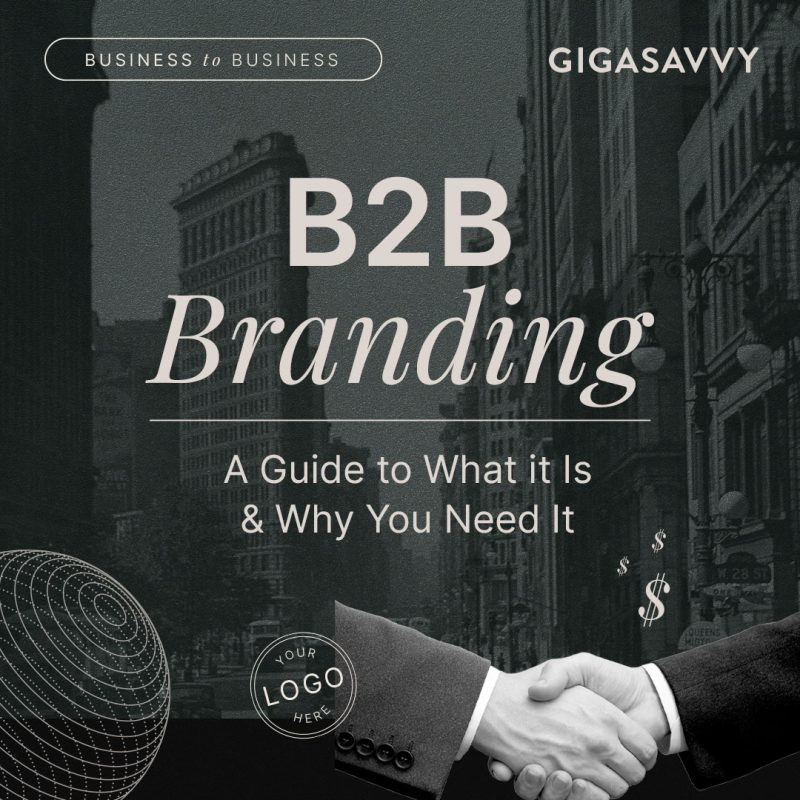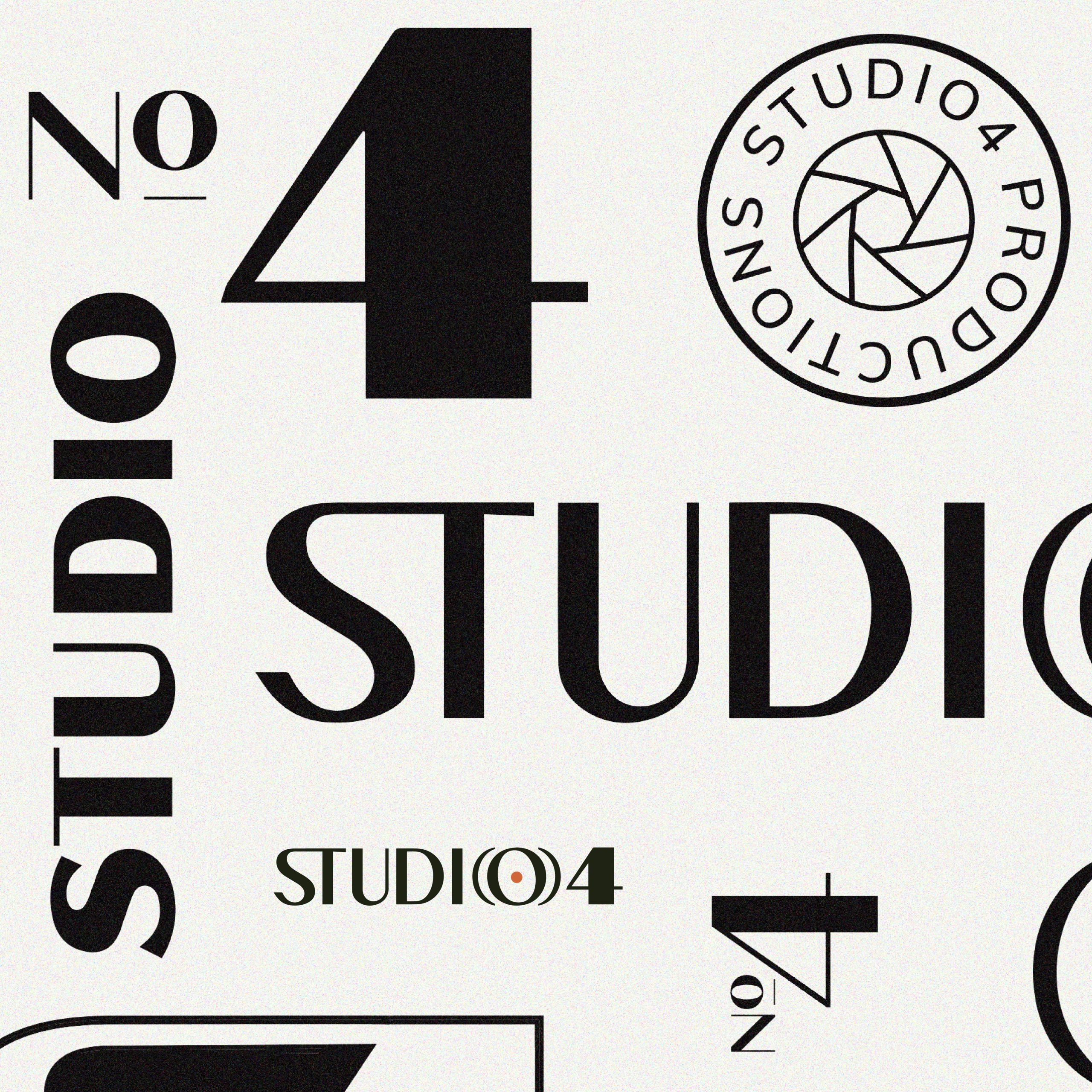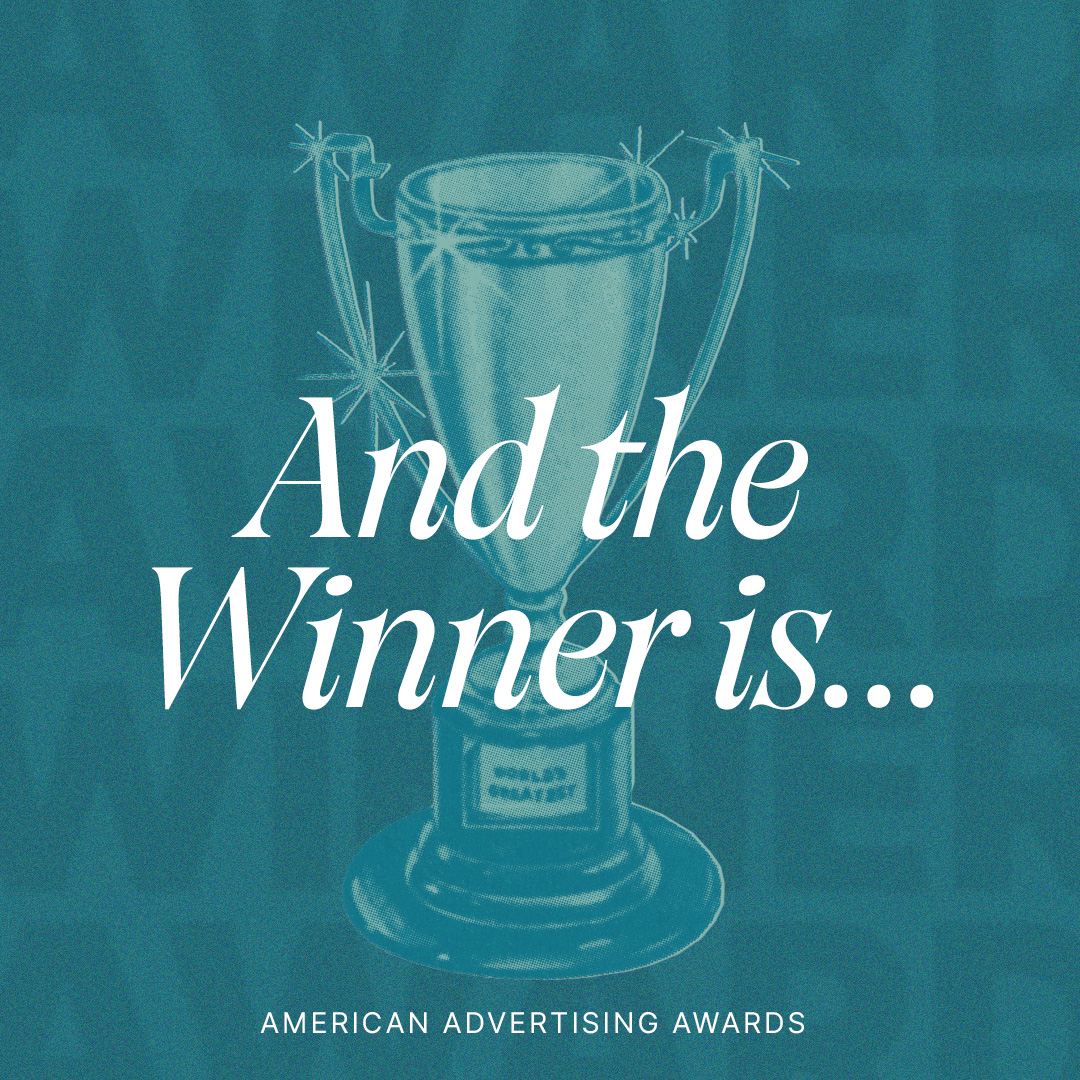Table of Contents
In the world of branding and marketing, consumer brands certainly get most of the attention. But the brands we are all familiar with don’t just sell products, they are also customers of various goods and services. That’s where business-to-business commerce, or B2B comes in. And B2B is big business.
In the United States the B2B sector accounts for 62% of the economy, employing more than 100 million people. This means that if you are a B2B brand, you’ve probably got some pretty stiff competition. Business-focused brands spent more than $22.14B in advertising in 2022. So if you have not yet invested in strong B2B branding, you are going to face serious headwinds.
What is B2B Branding?
Just like consumer brands, B2B branding is much more than a logo and a color palette. A well-crafted brand identity helps business buyers and other audiences clearly understand and resonate with everything that a brand stands for. It is the cornerstone that inspires customers and employees not only to connect, but to willingly participate in brand conversations.
While some B2C brands can afford to be transactional, B2B brands need to focus on creating much higher levels of engagement. Business products tend to be more complex and costly than their consumer counterparts, and are generally sold to fewer audiences with longer sales cycles. B2B buyers’ needs are generally more layered and nuanced. A strong B2B brand will recognize this and respond accordingly.
Why is B2B Branding So Important?
It is a common misconception that B2B buying is all about facts and figures, charts and graphs — that if it makes sense on paper, the sale is all but assured. That explains why so much B2B marketing focuses on bulleted lists of product features and statistics. However, a study of more than 3,000 business buyers indicated that customers are twelve times more likely to buy from a brand with which they have an emotional connection. Not only that, but they are also 30 times more willing to pay a premium.
Business buyers have all kinds of emotional skin in the game. If a consumer buys a product for personal use and does not like it, the risk is often only their own momentary dissatisfaction. But if a business buyer buys the wrong product, their reputation — and possibly their job — is at stake. Conversely, if their acquisition drives good business results in the form of cost savings, efficiency, innovation, etc., they can earn recognition, raises and promotions. B2B sellers don’t just have to convince businesses based on facts, they have to carve out a brand position that convinces human buyers based on personal motivators.
How Do You Define B2B Brand Positioning?
Sadly, a staggering 68% of B2B brands do not understand their customers at all. A good brand strategy starts here — digging in to understand customers, not in terms of where they work, but in terms of who they are. What motivates them; what keeps them up at night; how are other brands and solutions failing them; and how can your brand help them achieve their professional goals or solve problems at work?
The answers to these questions are at the heart of brand positioning — the strategic space a brand occupies in the hearts and minds of customers. A brand position goes beyond outlining a company’s offering. It inspires audiences with a brand promise, shares the brand story, outlines the brand’s personality traits and establishes trust and credibility with brand pillars and values.
Because of the higher level of sophistication and complexity in business products, B2B branding is often imbued with a more sophisticated messaging framework than typical B2C brands. This gives B2B brands a platform to connect mentally and emotionally with business buyers, and creates a sense of resilience that transcends the shorter-lived, constantly fluctuating technical product advantages.
How Much Should Companies Spend on B2B Branding?
B2B firms find marketing dollars maximized when consistently spending 54% on performance marketing and 46% on brand. But it takes time. Anyone in B2B marketing can attest that it is incredibly difficult to move the needle on B2B sales with creative ad campaigns alone. The sale does not happen until all of the stars align.
Although 67% of the B2B buyer’s journey happens online, the performance marketing models so many marketers have come to embrace in the world of consumer marketing do not work in the land of B2B because 90% of business buyers operate outside of traditional sales flows. B2B buyers start their research path long before they are ready to make a purchase, sometimes to start evaluating vendors, and sometimes in order to inform a budget discussion for the upcoming fiscal year.
After correctly identifying and targeting the right audiences, B2B sellers have to continually speak to prospective buyers, building trusting relationships and keeping themselves top of mind, until that magical moment when they have an approved budget. The brand who is remembered in that moment is the one who is likely to get the sale.
The Future of B2B Branding
Every generation has their moment of being the most talked about group of people in America — for the sheer size of their population, and for the change they are expected to bring about. These days, much of the buzz is still about Millennials. You’d be forgiven for thinking that they just cropped out of nowhere like an alien force. In fact, they’ve been living among us for decades, growing older, going to college and getting jobs. As it turns out, not all of them are influencers. 59% of B2B buyers are Millennials — making them the largest generation in this role.
As the first generation to really experience, embrace and reject all that digital marketing brings to bear, it should come as no surprise that 90% of these business buyers are demanding deeper relationships and a higher degree of personalization from B2B brands they interact with. This goes beyond simply placing a first name at the top of an email. It starts with crafting a B2B brand strategy that clearly defines audiences, understands their needs and speaks to how it will help them step forward in the world.
Gigasavvy has deep experience helping B2B brands assess the landscape and position themselves for long-term success with compelling brand stories and award-winning marketing campaigns. Connect with us to chat about how we can help you drive your brand forward.



